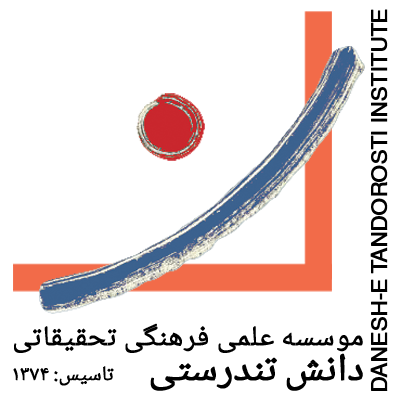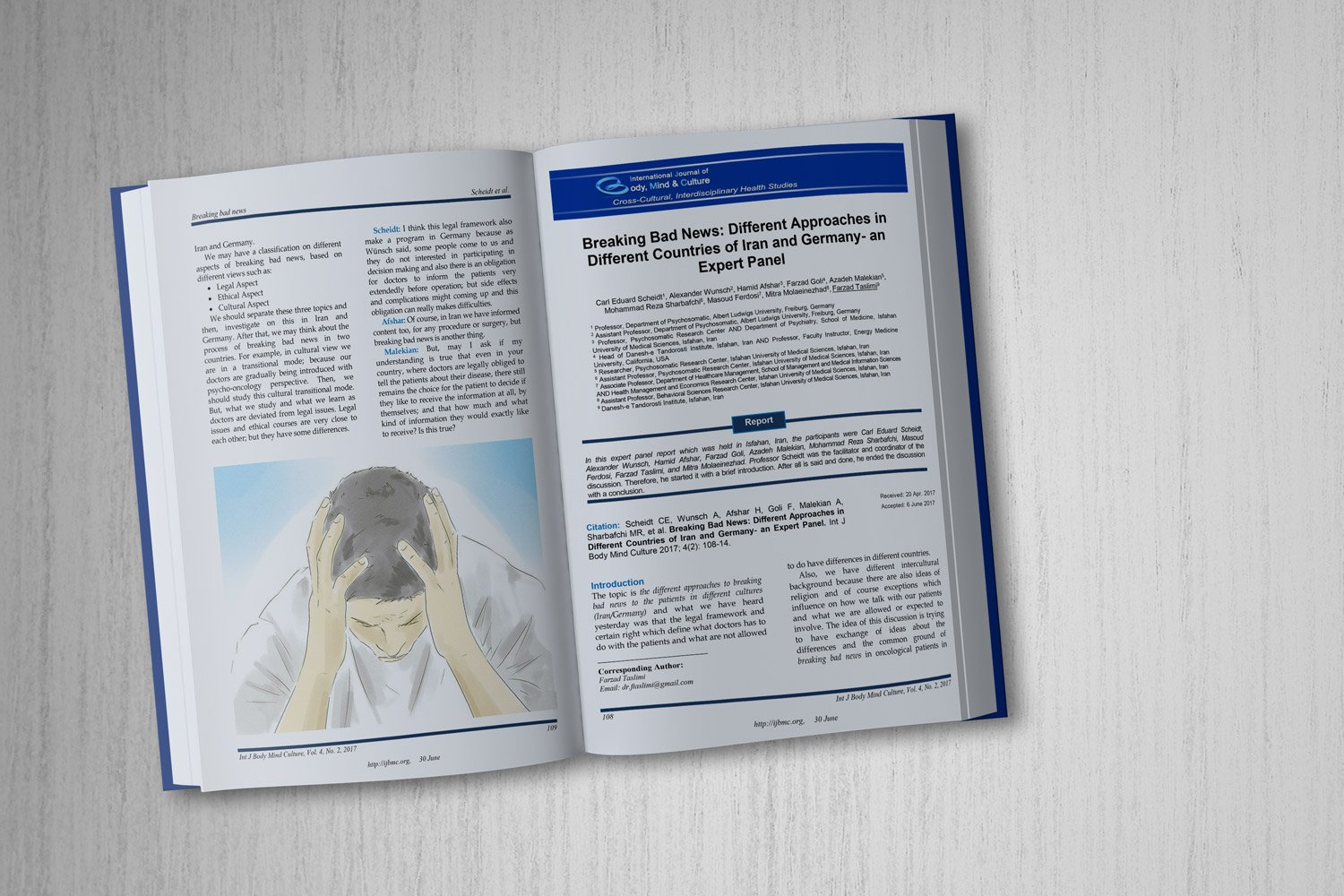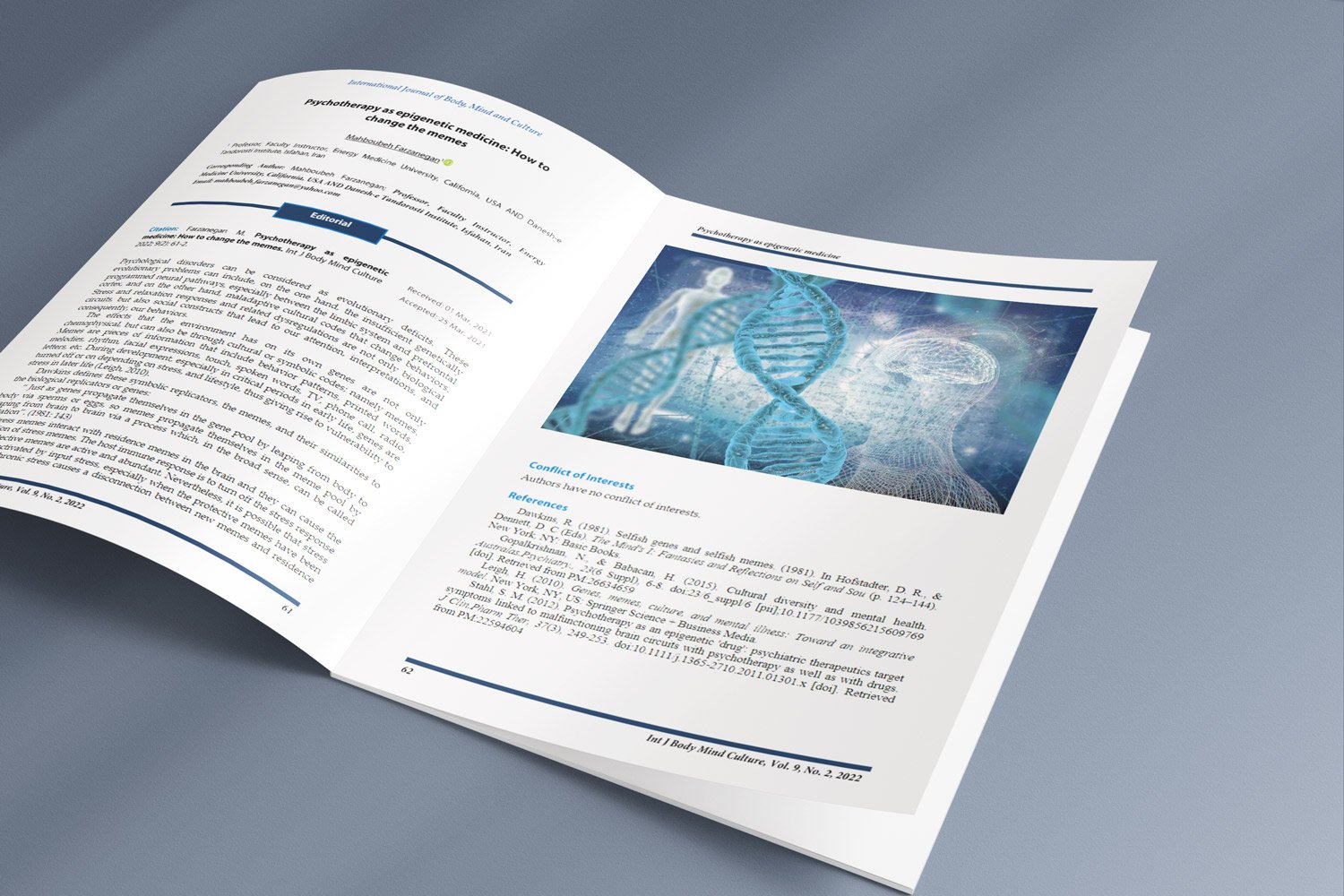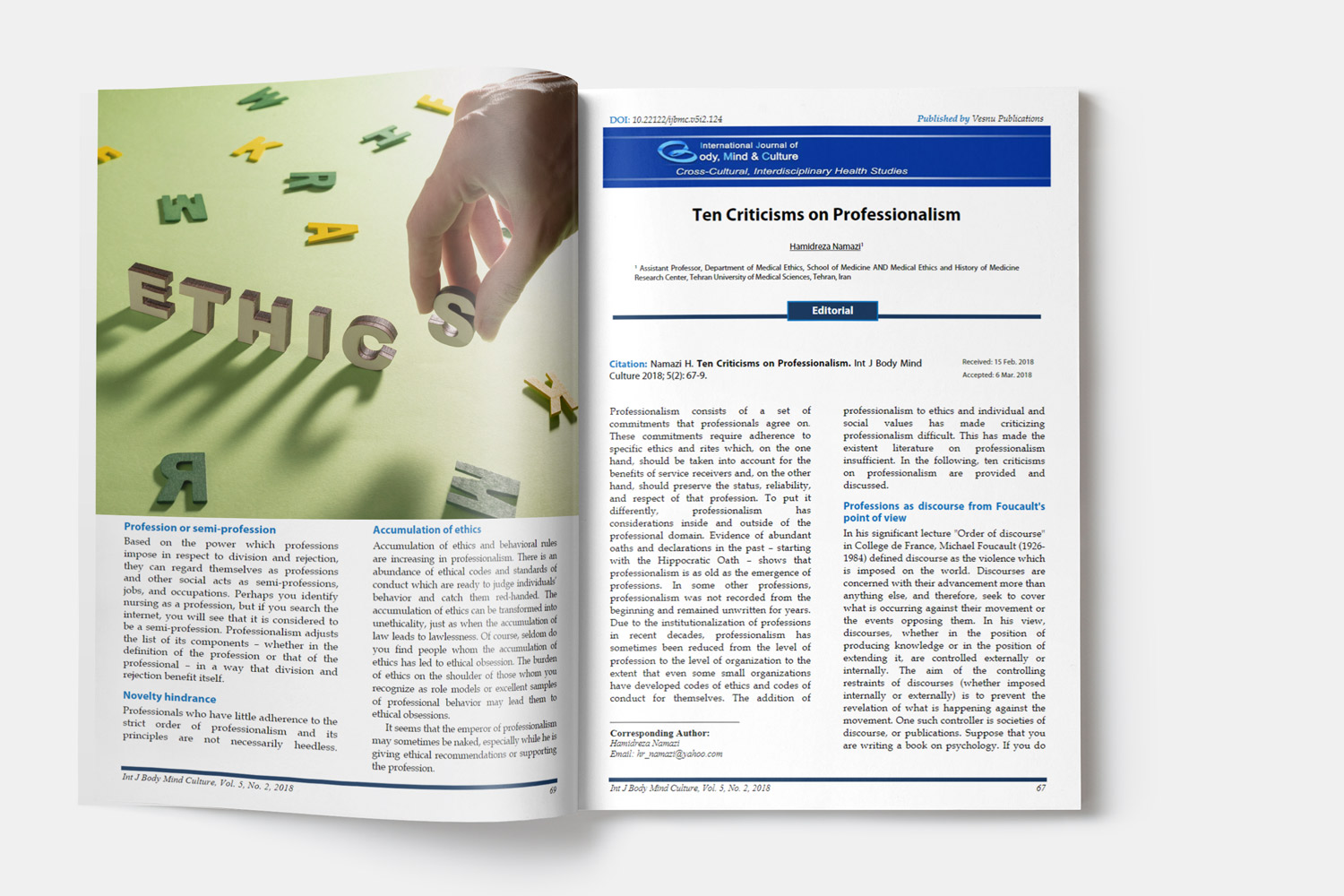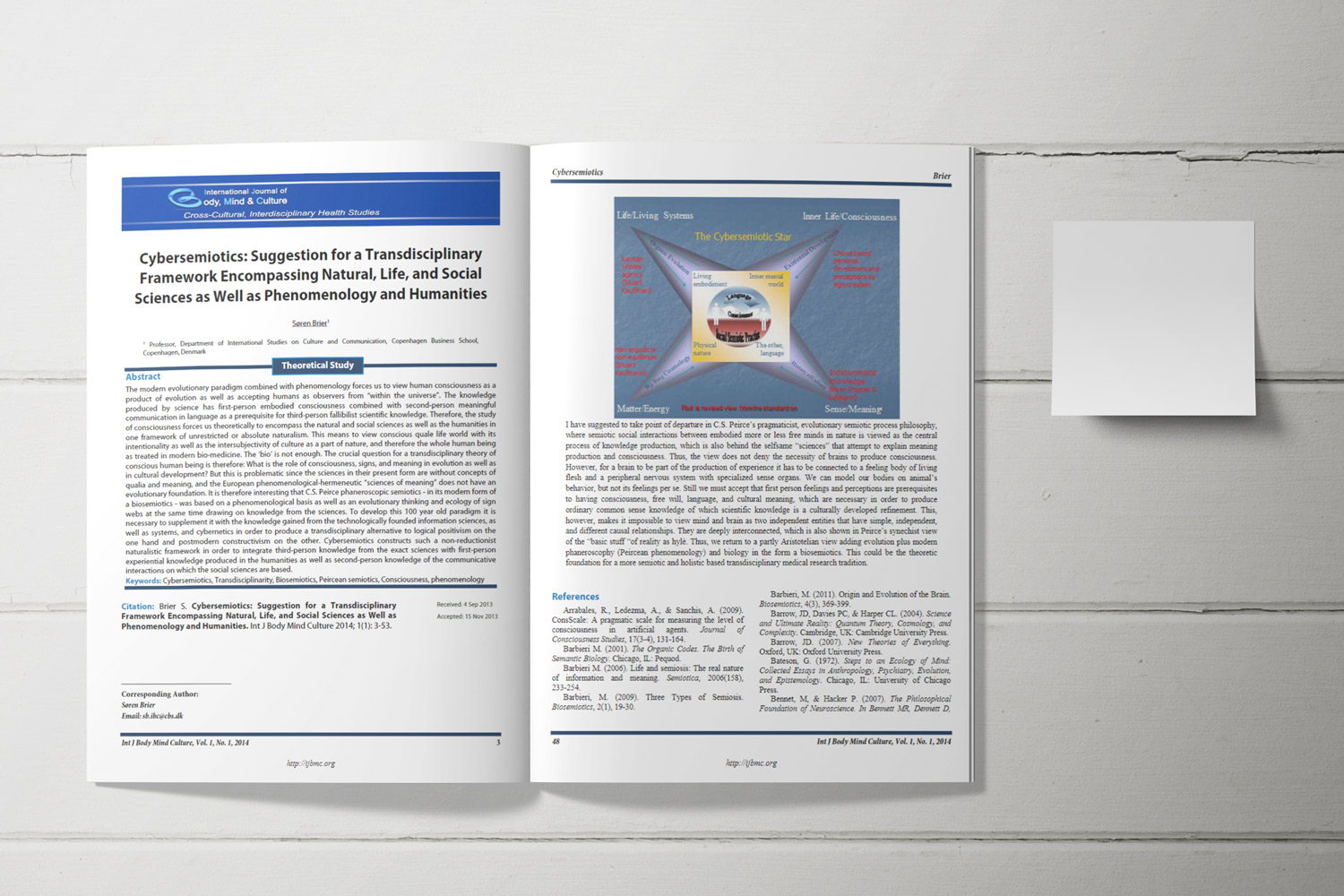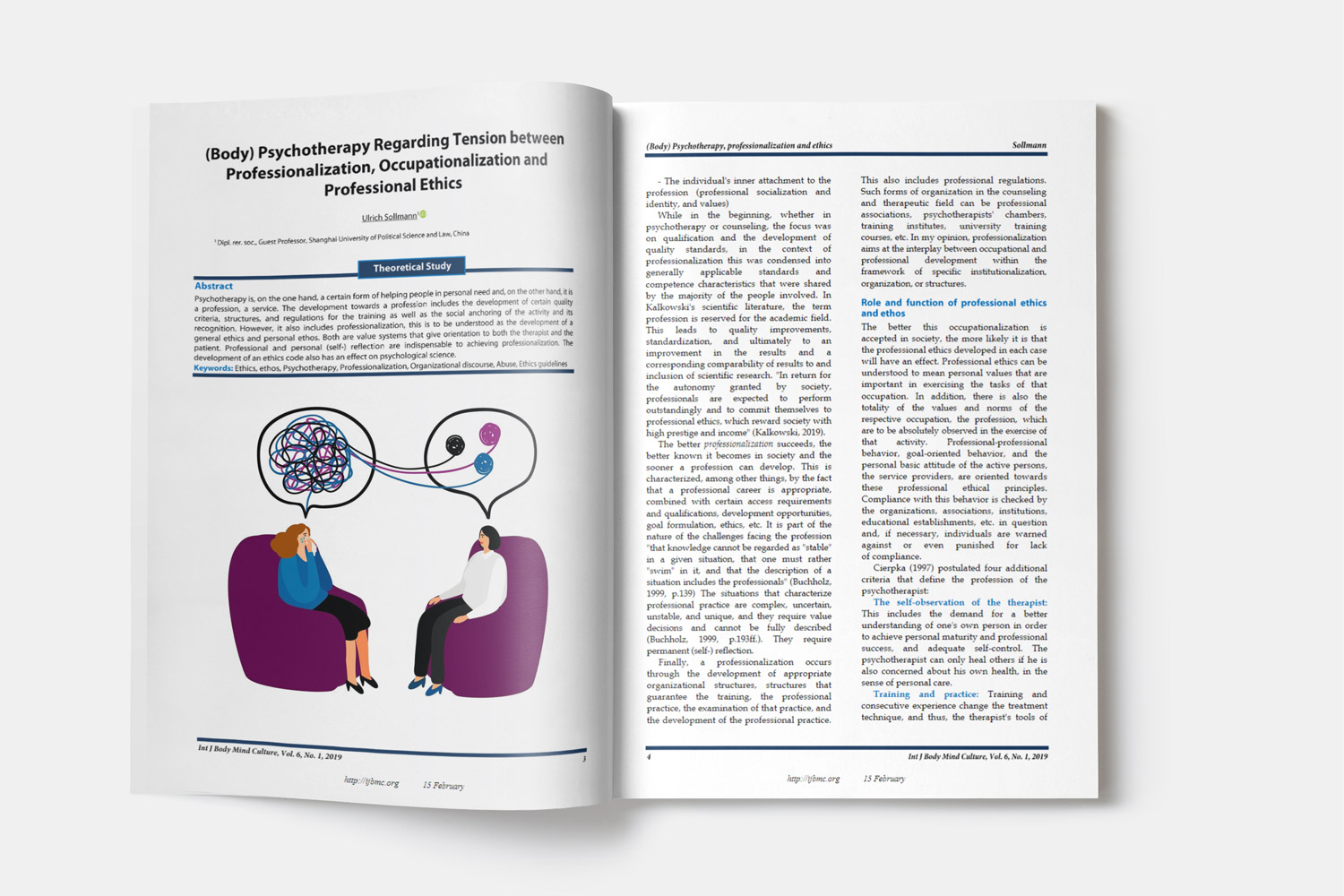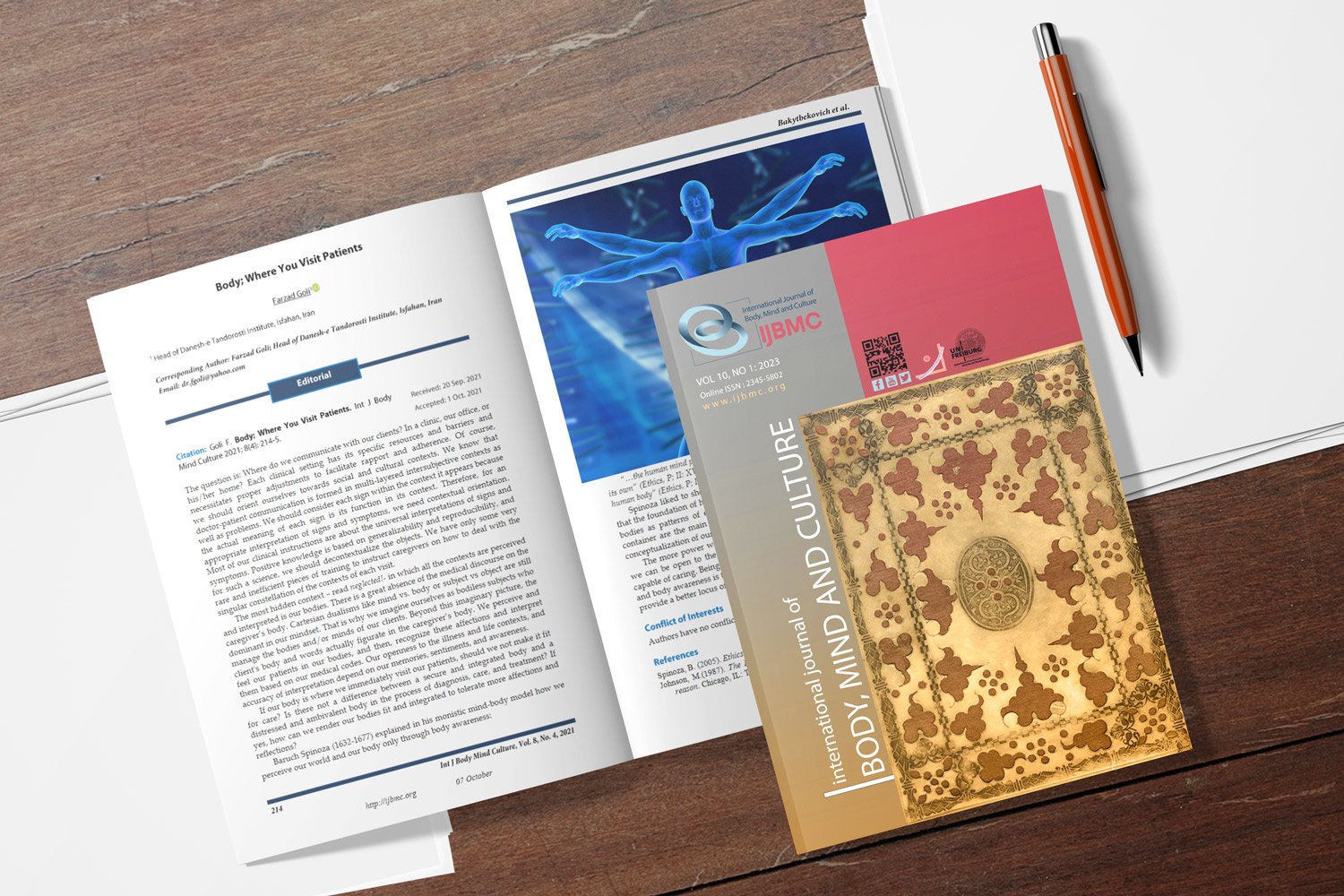Physical and Psychological Aspects of School-Age Children with Major Thalassemia
Downloads
Objective: This study aims to assess the quality of life (QoL) in the physical and psychological domains among school-age children with major thalassemia compared to healthy peers. Additionally, it seeks to identify differences in QoL between these two groups.
Methods and Materials: Data collection occurred between February 12, 2024, and April 15, 2024. A questionnaire and individual interviews were employed to gather data from participants at a hematology center and a hospital school unit. The same questionnaire was administered to both groups—thalassemia patients and healthy controls—under identical conditions to ensure consistency.
Findings: The findings revealed that in the physical domain, children with thalassemia were significantly less likely to achieve superior QoL scores compared to controls, with 7 (14%) versus 39 (78%), respectively (p < .001). In the psychological domain, the frequency of good QoL levels was lower among thalassemia patients compared to controls, at 2 (4%) versus 10 (20%), respectively. Conversely, poor QoL levels were more prevalent in the thalassemia group compared to controls, at 10% versus 4%, respectively (p = .030).
Conclusion: Significant disparities in QoL exist between school-age children with major thalassemia and their healthy peers, particularly in physical and psychological domains. Further research, continuous monitoring, and support from governmental, familial, and societal entities, including schools, are imperative to prevent further deterioration and enhance the well-being of affected children.
Downloads
Al-Salehe, Q. A. A., Al-Awady, M. S., & Abbass, S. K. (2015). Growth Retardation in β-Thalassemia Major. Iraqi Postgraduate Medical Journal, 14, 267-273. https://www.iasj.net/iasj/download/887d7bd69661bf75
Atia, M. M., Eita, L. H., Alhalawany, R. M., Ghoneim, A. A., & Badawy, S. A. (2021). The Effectiveness of Positive Psychotherapy on the Self- Efficacy and Psychological Wellbeing of Children With Thalassemia. Egyptian Journal of Health Care, 12(3), 797-812. https://doi.org/10.21608/ejhc.2021.191831
Baker, N., Alnakashabandi, A., Alsaqy, A. H., & Alrabaty, A. (2013). Growth Pattern and Sexual Maturation Rate in β-Thalassemia Major Patients from Thalassemia Center Erbil. Iraqi Postgraduate Medical Journal, 12, 40-44. https://www.semanticscholar.org/paper/Growth-Pattern-and-Sexual-Maturation-Rate-in-Major-Baker-Alnakashabandi/17a0a69c162918e0ec890b85deddf148c64f462c
Cheuk, D. K. L., Mok, A. S. P., Lee, A. C. W., Chiang, A. K. S., Ha, S. Y., Lau, Y. L., & Chan, G. C. F. (2008). Quality of life in patients with transfusion-dependent thalassemia after hematopoietic SCT. Bone Marrow Transplantation, 42, 319-327. https://doi.org/10.1038/bmt.2008.165
Georgakouli, K., Stamperna, A., Deli, C. K., Syrou, N., Draganidis, D., Fatouros, I. G., & Jamurtas, A. Z. (2020). The Effects of Postprandial Resistance Exercise on Blood Glucose and Lipids in Prediabetic, Beta-Thalassemia Major Patients. Sports, 8(5), 57. https://doi.org/10.3390/sports8050057
Haghshenas, L. (2019). Prediction of Psychological Distress based on Cognitive Emotion Regulation and Adaptive Strategies in Mothers of Children with Thalassemia [Research]. Quarterly Journal of Child Mental Health, 6(3), 89-100. https://doi.org/10.29252/jcmh.6.3.9
Hamdy, M., Draz, I. H., El Sayed, I. T., Ayyad, A. A. F., & Salemd, M. R. (2021). Assessment of Quality of Life among Beta-Thalassemia Major Patients Attending the Hematology Outpatient Clinics at Cairo University Hospital. Open Access Macedonian Journal of Medical Sciences, 9, 156-160. https://doi.org/10.3889/oamjms.2021.5692
Hossain, M. J., Islam, M. W., Munni, U., Gulshan, R., Mukta, S. A., Miah, M. S., Sultana, S., Karmakar, M., Ferdous, J., & Islam, M. A. (2023). Health-related quality of life among thalassemia patients in Bangladesh using the SF-36 questionnaire. Scientific reports, 13, 7734. https://doi.org/10.1038/s41598-023-34205-9
Ismail, A., Campbell, M. J., Ibrahim, H. M., & Jones, G. L. (2006). Health related quality of life in Malaysian children with thalassaemia. Health and Quality of Life Outcomes, 4, 39. https://doi.org/10.1186/1477-7525-4-39
Ismail, D. K., El-Tagui, M. H., Hussein, Z. A., Eid, M. A., & Aly, S. M. (2018). Evaluation of health-related quality of life and muscular strength in children with beta thalassemia major. Egyptian Journal of Medical Human Genetics, 19, 353-357. https://doi.org/10.1016/j.ejmhg.2018.04.005
Jabbarifard, F., Sharifi, T., Solati, K., & Ghazanfari, A. (2019). The Effectiveness of Acceptance and Commitment Therapy on Perceived Stress, Resilience, and the Quality of Life in Thalassemia Major Patients. Journal of Shahrekord University of Medical Sciences, 21(2), 91-97. https://doi.org/10.34172/jsums.2019.16
Khodaei, G. H., Farbod, N., Zarif, B., Nateghi, S., & Saeidi, M. (2013). Frequency of Thalassemia in Iran and Khorasan Razavi. International Journal of Pediatrics, 1, 45-50. https://jpp.mums.ac.ir/article_2044.html
Khosravani Shayan, M., Shafiabadi, A., Arefi, M., & Amiri, h. (2020). Comparing the Effectiveness of Cognitive-Behavioral Therapy and Acceptance and Commitment Therapy in Improving Psychological Well-being of Thalassemia Patients. Psychology of Exceptional Individuals, 10(40), 1-21. https://doi.org/10.22054/jpe.2021.55094.2211
Kiani, J., Hajioni, A., Qolizadeh, F., & Abbasi, F. (2019). Effectiveness of Cognitive-Behavioral Training and Hope Therapy on Quality of Life, Life Expectancy, and Resilience in Thalassemia Major Patients. Scientific-Research Journal of Shahid Sadoughi University of Medical Sciences, Yazd, 27(4), 1482-1495. https://doi.org/10.18502/ssu.v27i4.1357
Mettananda, S., & Higgs, D. R. (2018). Molecular Basis and Genetic Modifiers of Thalassemia. Hematology/Oncology Clinics of North America, 32, 177-191. https://doi.org/10.1016/j.hoc.2017.11.003
Musallam, K. M., Cappellini, M. D., Viprakasit, V., Kattamis, A., Rivella, S., & Taher, A. T. (2021). Revisiting the non‐transfusion‐dependent (NTDT) vs. transfusion‐dependent (TDT) thalassemia classification 10 years later. American Journal of Hematology, 96, E54-E56. https://doi.org/10.1002/ajh.26056
Mutsher, A. L., & D, M. (2011). Assessment of Health Quality of Life upon School Age Children (6-12) with Thalassemia at Thalassemia Centre in Ibn-Baladi Hospital (Vol. 5). https://jmed.utq.edu.iq/index.php/main/article/view/256
Okati, M., Shirazi, M., & Sanagoei-Moharrer, G. (2020). Effectiveness of Acceptance and Commitment Therapy on Reducing Stress, Depression, and Exam Anxiety in Students with Thalassemia. Disability Studies, 10(1). https://www.sid.ir/paper/987100/fa
Pakbaz, Z., Treadwell, M., Yamashita, R., Quirolo, K., Foote, D., Quill, L., Singer, T., & Vichinsky, E. P. (2005). Quality of Life in Patients with Thalassemia Intermedia Compared to Thalassemia Major. Annals of the New York Academy of Sciences, 1054, 457-461. https://doi.org/10.1196/annals.1345.059
Shen, Q., Mu, Y., & Shin, P.-Y. (2024). Health Behavior Change in Post-Traumatic Stress Disorder: Patient Perspectives. Journal of Personality and Psychosomatic Research (JPPR), 2(3), 35-42. https://doi.org/10.61838/kman.jppr.2.3.6
Siddiqui, S. H., Ishtiaq, R., Sajid, F., & Sajid, R. (2014). Quality of life in patients with thalassemia major in a developing country. Journal of College of Physicians and Surgeons Pakistan, 24, 477-480. https://pubmed.ncbi.nlm.nih.gov/25052969/
Tinu, S. M. (2024). Nutritional Status and Quality of Life Among Geriatric Patients in a Tertiary Care Hospital. Journal of Medicine, 25(1), 29-34. https://doi.org/10.3329/jom.v25i1.70523
Türen, S., Çetinkaya Işık, F., & Türen, S. (2024). The Effect of Cardiac Rehabilitation Program on Quality of Life, Biophysiological Parameters, and Psychological Features in Patients with Cardiovascular Disease. Turkish Journal of Cardiovascular Nursing, 15(36), 25-32. https://khd.tkd.org.tr/jvi.aspx?pdir=kvhd&plng=eng&un=KVHD-18480&look4=
Uddin, M. (2024). Impacts on Psychological Status and Quality of Life of People Positive With COVID-19 in Bangladesh. Benha International Journal of Physical Therapy, 0(0), 0-0. https://doi.org/10.21608/bijpt.2024.265418.1013
Copyright (c) 2025 International Journal of Body, Mind and Culture

This work is licensed under a Creative Commons Attribution-NonCommercial 4.0 International License.








